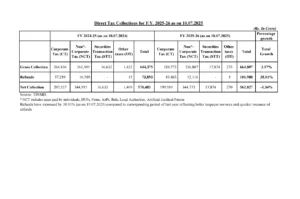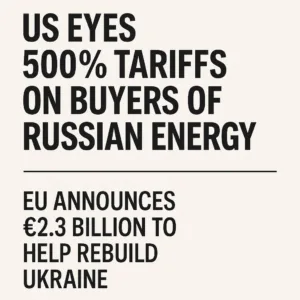1. Monsoon Rainfall Deficit: India’s monsoon has delivered 20% less rain than normal since June 1, as reported by the India Meteorological Department (IMD) on Monday. This shortfall is concerning for the agricultural sector, which is heavily dependent on monsoon rains.
2. Monsoon Onset and Spread: Typically, the summer monsoon begins in southern India around June 1 and spreads nationwide by July 8. These rains are essential for planting key crops like rice, cotton, soybeans, and sugarcane.
3. Regional Rainfall Variations:
– Central India: This region, which grows soybeans, cotton, sugarcane, and pulses, has experienced a 29% rainfall deficit.
– Southern Region: Benefiting from an early monsoon onset, this paddy-growing region has received 17% more rainfall than normal.
– Northeast India: This area has seen a 20% reduction in rainfall.
– Northwest India: The region is facing severe shortfalls, with 68% less rainfall than normal, alongside heat waves.
4. Economic Impact: The monsoon season is crucial for India’s nearly $3.5-trillion economy. Monsoon rains account for nearly 70% of the water needed for agriculture and replenishing reservoirs and aquifers. Approximately half of India’s farmland relies on these annual rains due to the lack of irrigation infrastructure.
5. Potential for Recovery: An IMD official, mentioned that although the monsoon’s progress has stalled and weakened, a revival and subsequent burst of activity could potentially erase the current rainfall deficit quickly.
6. Heat Wave Conditions: Northern states are currently experiencing heat wave conditions with maximum temperatures ranging from 42 to 47.8 degrees Celsius (107.6 to 117.9 degrees Fahrenheit), which is 5-9 degrees Celsius above normal. These conditions are expected to persist for a few more days but may ease starting from the weekend.
Bringing you the latest updates on finance, economies, stocks, bonds, and more. Stay informed with timely insights.


















Be First to Comment